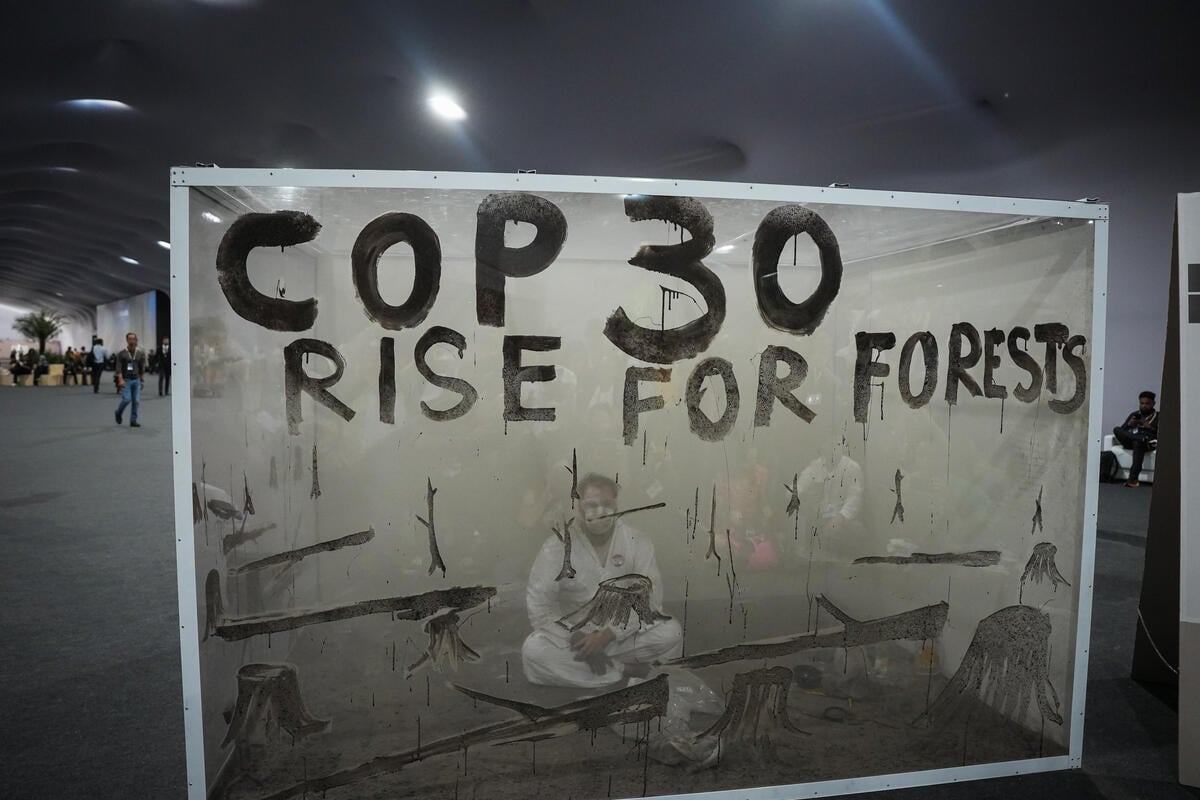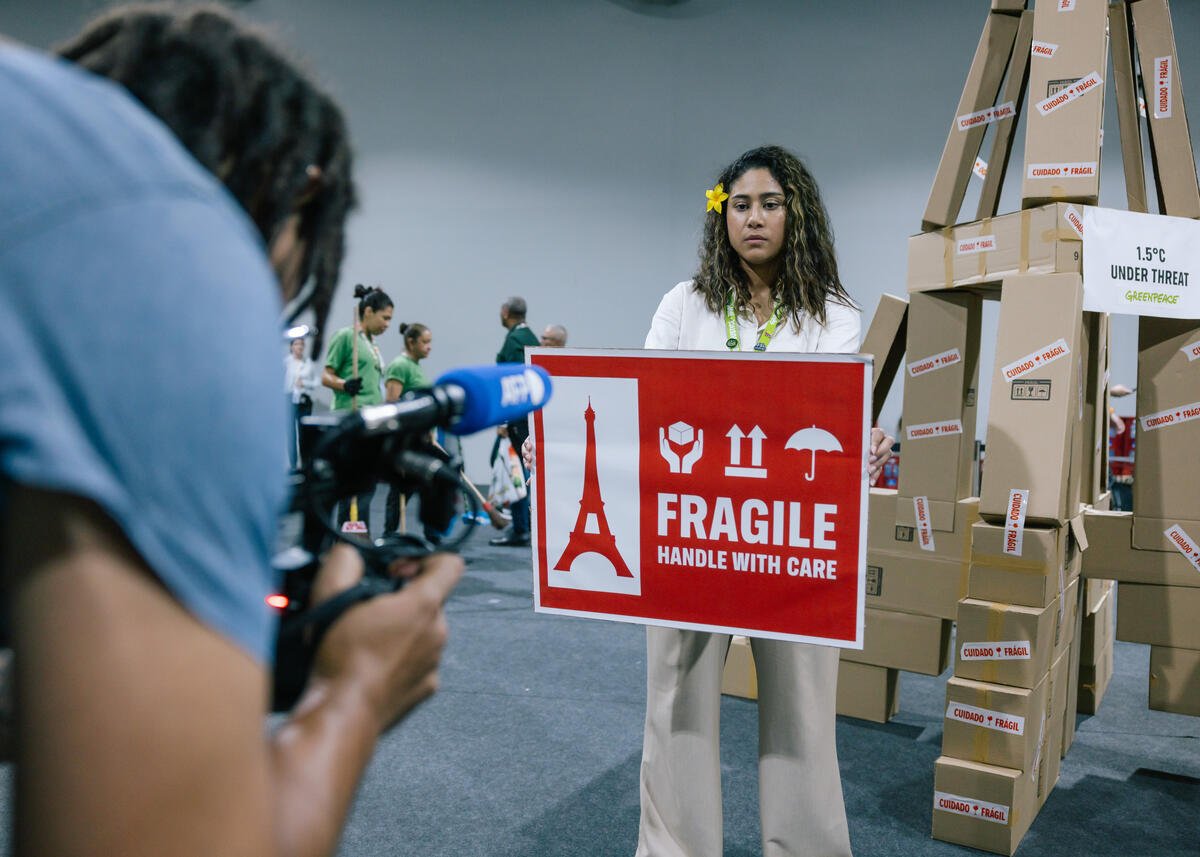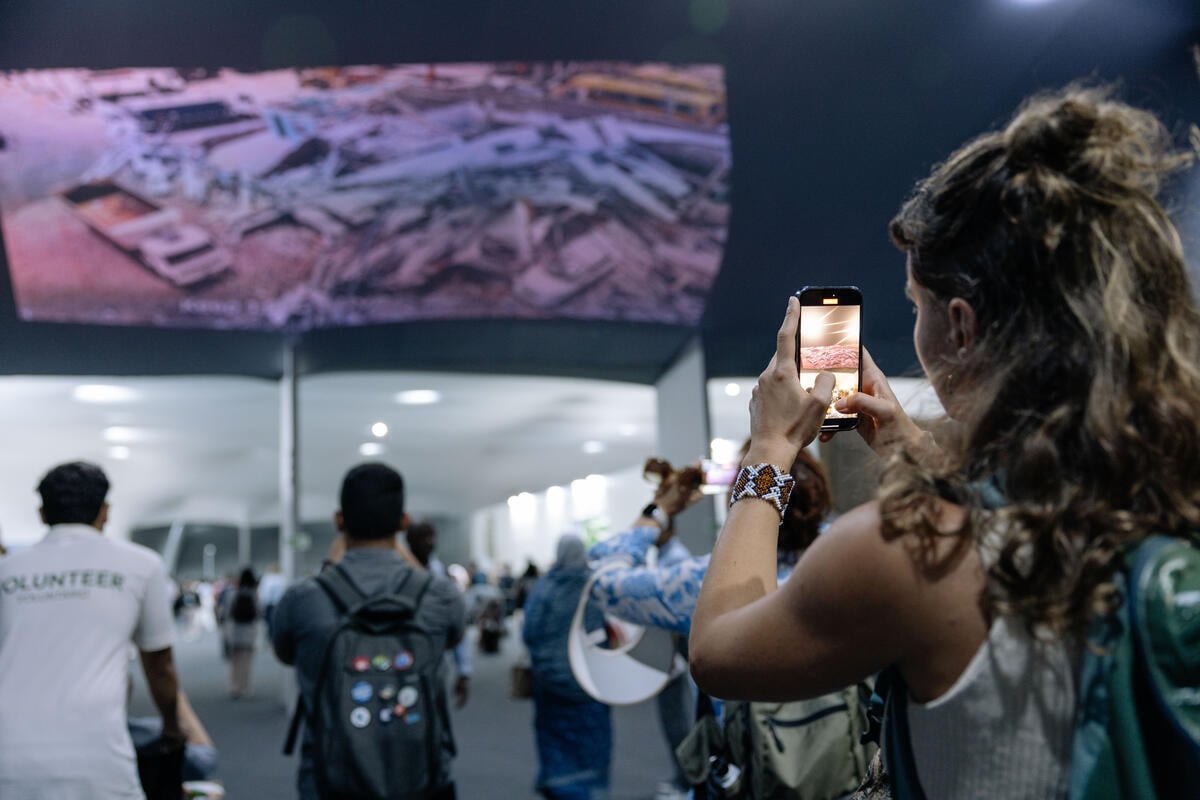Extreme weather is becoming the norm. Droughts across swaths of China, catastrophic flooding in Venice, and fires in Russia, Brazil, Congo and recently in Australia have all been attributed to climate change. The arctic glaciers are melting. Even Antarctica is feeling the heat.
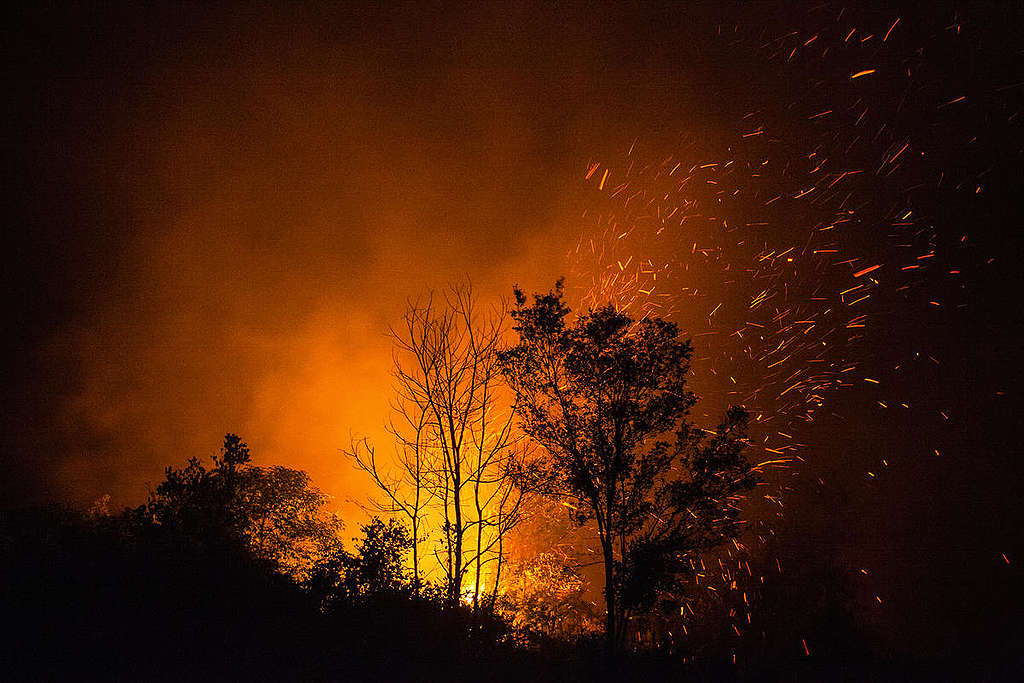
A few days ago, United Nations Secretary General Antonio Guterres declared that “the war against nature must stop.” Last week, the European Parliament declared a “climate emergency,” following the unprecedented World Scientists’ Warning of a Climate Emergency publication in early November signed by over 11,000 scientists.
We are dropping bombs on planet earth. Carbon bombs. And we do not know exactly what emergency they will lead to the next, only that it will be catastrophic.
One such bomb is the burning of peatlands in my home country of Indonesia. A country with over 18,000 islands often talks about how it will be impacted by climate change; yet companies set fires to its forests and peatlands with few repercussions. While international headlines were filled with stories on the horrific burnings in the Amazon, the fires in Indonesia this year emitted more than twice the carbon than those in Brazil.
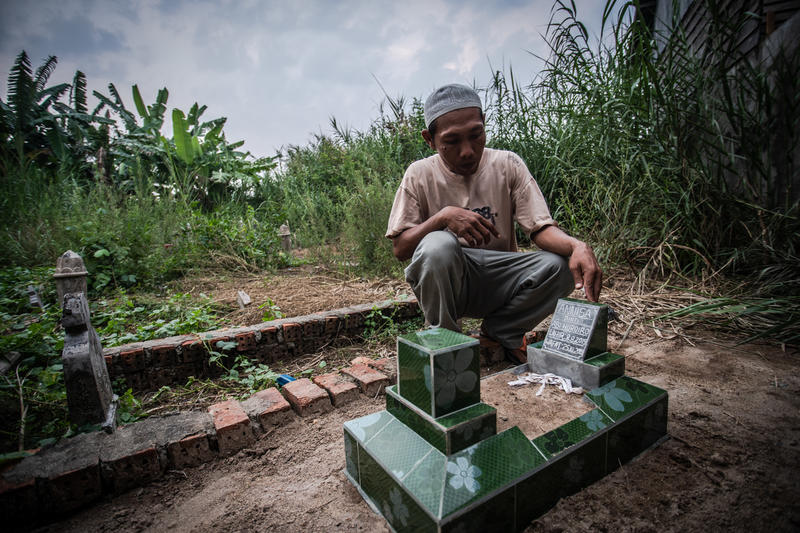
Peatlands cover just 3% of Earth’s land surface, but the burning and degradation of peatlands account for almost 6% of man-made carbon emissions. Indonesia’s peatlands cover only about 21 million hectares (ha) – an area smaller than the United Kingdom – yet they store 57 gigatonnes (Gt) of carbon, equivalent to more than four years’ worth of global greenhouse gas (GHG) emissions. In this respect, burning peatland is much like burning coal or any other fossil fuel.
Greenpeace’s analysis of the Indonesian government’s official data reveals that between 1.1 and 2 million ha of the country’s peatland burned between 2015 and 2018 alone, releasing as much as 1.87 Gt of CO2 – a quantity equivalent to the annual emissions of Russia. That’s a big carbon bomb.
Under Indonesian law, companies are legally responsible for any fires regardless of who starts the fires, but this law is not properly implemented. By sourcing palm oil from groups associated with Indonesia’s fires, the global brands bear indirect responsibility for these fires and climate impacts.
Greenpeace’s research took this a step further by assessing the supply chains of four leading traders and four leading consumer goods companies – the makers of Kit Kats, Oreos, Dove soap, and Head & Shoulders shampoo – for exposure to the traders like Wilmar, GAR, Musim Mas Cargill, as well as palm oil and wood pulp producer groups most strongly linked to Indonesia’s fires crisis and the resultant carbon emissions.
Many of these companies’ sustainability claims relate only to their immediate and direct suppliers, while the corporate groups that own or control those “clean” suppliers continue to profit from suppliers that set fire to our lands. If you look beyond the direct suppliers to the supplier groups, you begin to see why skies in my country have turned red. And may yourself begin to turn red.
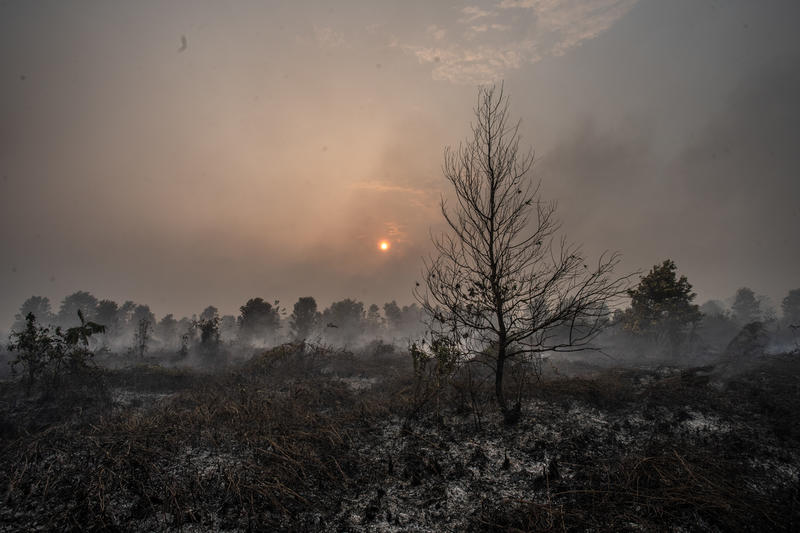
What we found was shocking. The data shows that the accumulated emissions from the Indonesian peatland fires linked to individual companies over the period of 2015-2018 were equivalent to or greater than the annual emissions of many countries in Europe and Asia, and showing significant comparison with coal fired plants.
The global climate talks is happening in Madrid now. However, many of these companies are considered the ‘sustainability leaders’ and yet they do not account for these emissions. Many countries and the UNFCCC also do not properly account for these emissions. But these carbon bombs are going off year after year and the children in Sumatra, Kalimantan, and Singapore are breathing the toxic haze from these bombs; the Venetians are dealing with flooding from these bombs; and countless others facing drought, sickness and disease are feeling the impacts of these bombs.
Greta Thumberg declared that “Our House is on Fire”. Whether you are a government leader or a business leader, your grandchildren and great grandchildren will someday read these words and know that you were among the last firestarters. When the world needed true leadership you allowed or even supported those who continued to drop bombs.
My mother always told me to never lose hope. That’s why I am here, working for Greenpeace, trying to save the last remaining tigers, orangutans and elephants on our planet, and trying to protect people including children – including my own – from breathing toxic haze instead of clean air.
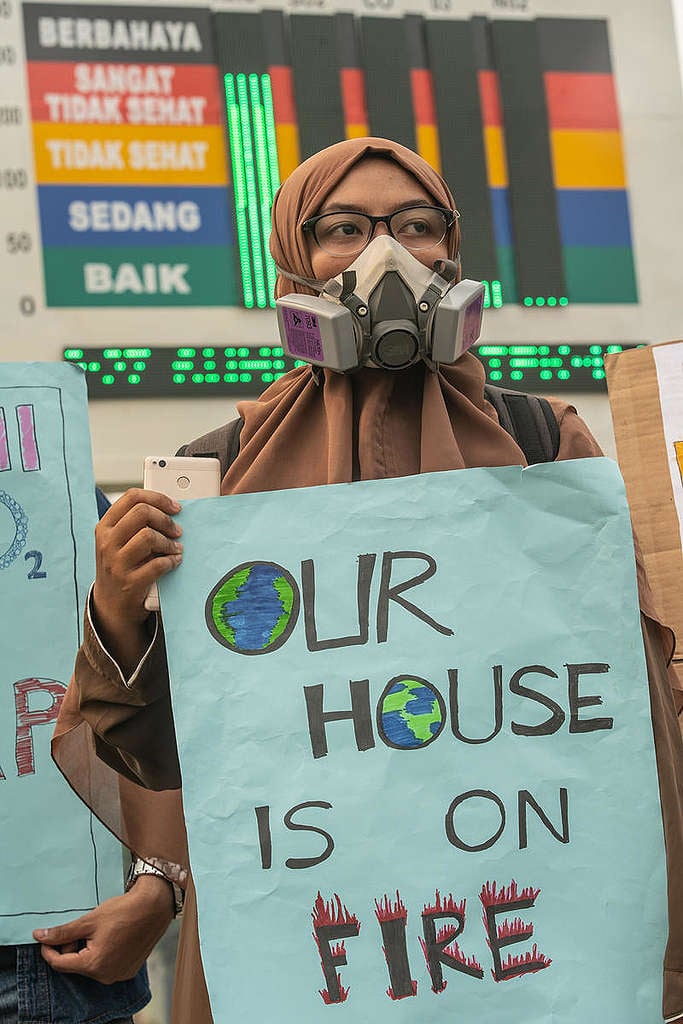
It gives me no comfort that history will judge many of today’s leaders as villains, as firestarters. Carbon bombers endangered the life of people and wildlife. What we need are people willing to create change today, we need more and more people to implementing solutions for our planet, at the speed needed to tackle this climate crisis, as there will be no business on a dead planet.
A few business and government leaders brave enough not only to make commitments but to aggressively act on them in the most transparent and accountable way. A key supplier group, trader, and purchaser fully committed to demonstrate that they are delivering on their commitments to stop the burning – stop dropping bombs – would be a good start and could set an example for the rest of the world.
A world where companies and governments – as part of their economic growth and commodity production plans – actively protect and restore forests above the ground, and keep fossil fuels below the ground. A world where our children breathe clean air and discuss with fascination thriving species once on the edge of extinction. A world without bombs. A world that is green and at peace. This is the kind of world we hope for.
Annisa Rahmawati is Senior Forest Campaigner at Greenpeace Southeast Asia – Indonesia.

